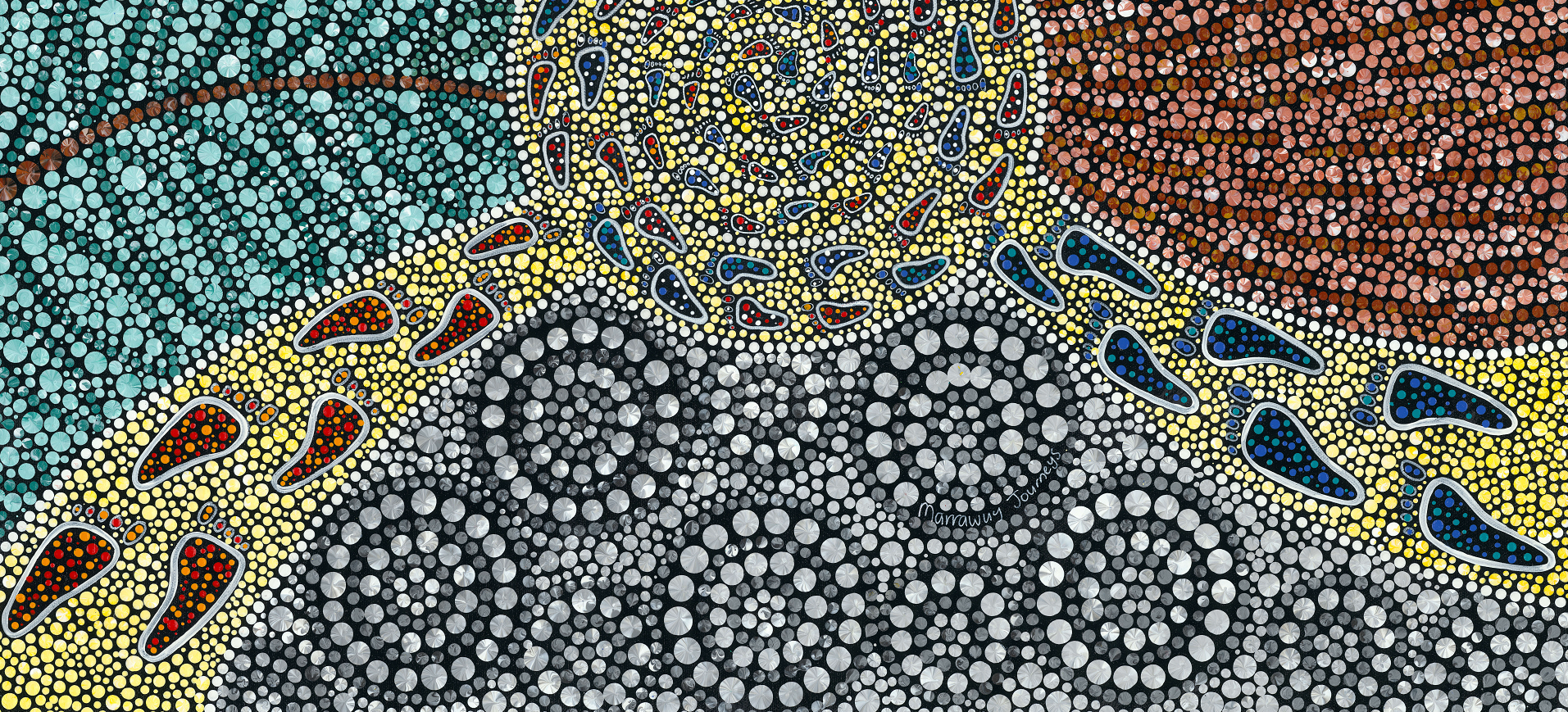An example from University of Melbourne, Melbourne Medical School
Our approach to maximising reliability and validity of our assessments includes selection of appropriate and authentic assessment tasks, constructive alignment with teaching and learning activities, (including blueprinting to reflect teaching emphasis), standardisation of assessments, and use of sampling where standardisation is not appropriate. Our approach involves expert item writers and team-based assessment development processes, involvement in benchmarking activities, ongoing staff development opportunities, rigorous standard setting procedures, detailed post-test psychometric analysis and extensive evaluation processes.
Our Clinical Assessment Review Panel (CARP) meets fortnightly throughout the academic year to develop and review the OSCE and SCBD stations used throughout the program. Membership of this group includes members of the assessment team, subject coordinators, discipline leads and teaching staff from clinical school sites. Our Written Assessment Review Panel (WARP) meets weekly throughout the year to produce, critique and review our new written assessment items. Membership includes assessment team members, subject coordinators, discipline leads and staff closely involved in clinical teaching delivery at multiple sites. Likewise, we have Situational Judgment Test review panel – who develop and refine our SJT items in collaboration with our professional practice team and year level and subject coordinators. The medical course continues to benchmark its students’ performances nationally across all years of the MD through engagement with AMSAC, MDANZ and AMC benchmarking projects.
Staff development opportunities include short courses, workshops in assessment item development, online assessor training modules, and formal study in assessment through the Excellence in Clinical Teaching Program (EXCITE). We regularly offer item writing workshops to promote skill development without our Department and invite attendance from members of Faculty who contribute to our teaching and assessment program. We have an online assessor training modules (for OSCE, CEX and SCBD assessments) to assist with the training and calibration of examiners of clinical assessments. These modules include simulated videos of typical student performance at borderline and clear pass levels for all clinical examination formats. Examiners are required to view and score the performances prior to the formal examination in addition to the just-in-time assessor training on the morning of each assessment delivery.
The Evaluation Team (in consultation with the assessment team) prepares assessment reports for the Board of Examiners meetings at the completion of each subject. These reports provide reliability coefficients and compare variability within items/stations and across years and then submitted to the MD Operations Committee. Following committee review, the reports are circulated broadly to support ongoing staff development and quality improvement.
